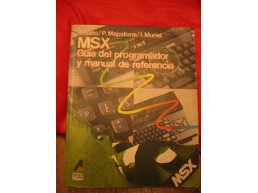Yes, I’ve got to Guadec this Friday. After a long trip (fast flight, not so fast train trip), we’ve arrived to the Gnome Village. There you can find lots of Gnomers from nearly any project you’re interested in.
Vilanova i la Geltru is a quiet village near Barcelona. Unfortunately the Gnome Village is not near the Guadec rooms, so there’s been lots of problems to move people among the places (dining rooms, centre of the town, bungallows in the village). Also it seems there are few taxis, so if you do something wrong with bus schedules, you’re driving in heavy problems.
But it’s Guadec. Lot’s of interesting presentations. Now I’m writing from the Carpa and listening to an interesting speech by John Laerum about how to do a good presentation. I’ve realized I’m not very good at my presentations, but the tips are interesting, and I hope I learn something for my own presentations in the future.
Meanwhile I’m going on improving the Gnome Tinderbox 3 deployment at Igalia. Hope it can be complete enough this Thursday, so we can talk about this in the Continuous Integration BOF here in Guadec.
